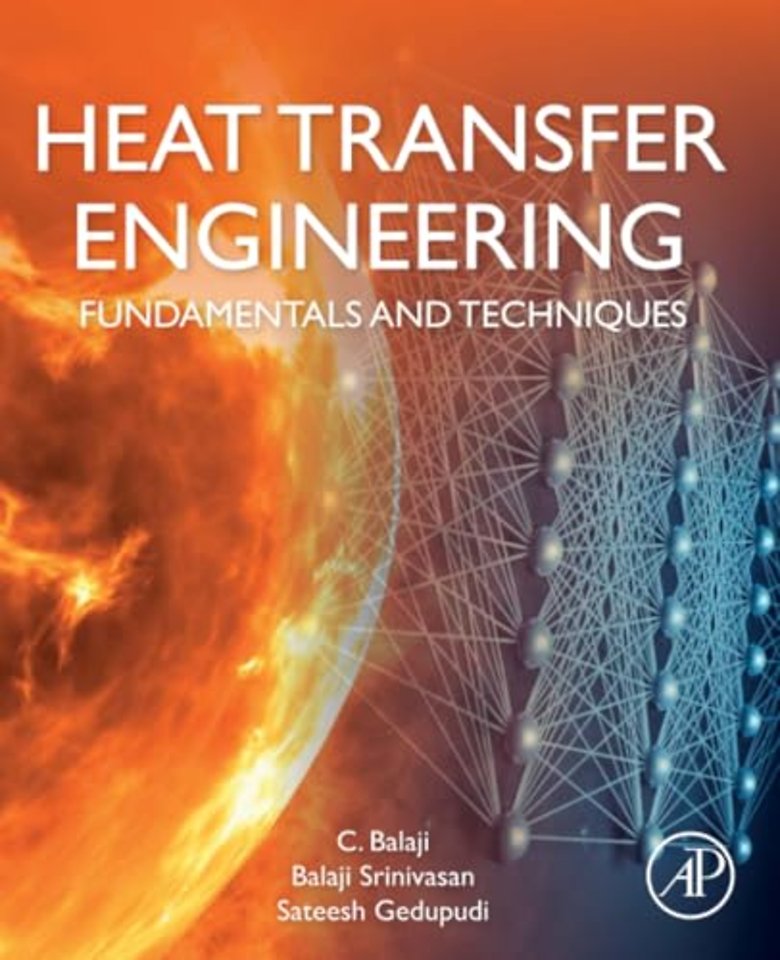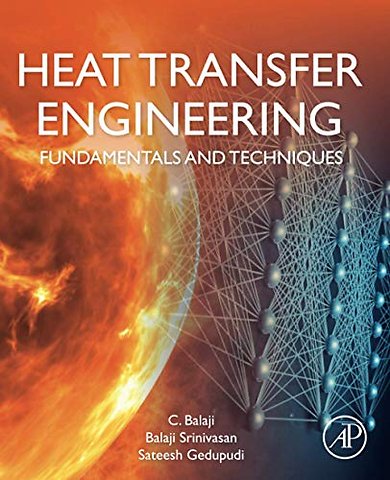<p>1 INTRODUCTION</p> <p>1.1 Thermodynamics and heat transfer1.2 Heat transfer and its applications1.3 Modes of heat transfer1.4 Conduction1.5 Convection1.6 Thermal radiation1.7 Combined modes of heat transfer1.8 Phase-change heat transfer</p> <p>1.9 Concept of continuum</p> <p>2 CONDUCTION: FUNDAMENTALS, ONE-DIMENSIONAL AND STEADY STATE</p> <p>2.1 Introduction2.2 Three-dimensional conduction equation2.3 Steady state, one-dimensional conduction in a few commonly encountered systems2.4 Electrical analogy and thermal resistance2.5 Heat transfer in cylindrical coordinates2.6 Steady state conduction in a spherical shell2.7 Composite wall, cylinder and sphere2.8 One-dimensional steady state heat conduction with heat generation2.9 Fin heat transfer2.10 Analysis of fin heat transfer</p> <p>3 CONDUCTION: ONE-DIMENSIONAL TRANSIENT AND TWO-DIMENSIONAL STEADY STATE3.1 Introduction3.2 Lumped capacitance method3.3 Semi-infinite approximation3.4 The method of separation of variables3.5 Analysis of two-dimensional, steady state systems</p> <p>4 FUNDAMENTALS OF CONVECTION4.1 Introduction4.2 Fundamentals of convective heat transfer4.3 The heat transfer coefficient4.4 Governing equations4.5 Summary</p> <p>5 FORCED CONVECTION5.1 Introduction5.2 Approximation using order of magnitude analysis5.3 Non-dimensionalization of the governing equations5.4 Approximate solution to the boundary layerequations5.5 Turbulent flow5.6 Internal flows</p> <p>6 NATURAL CONVECTION6.1 Introduction6.2 Natural convection over a flat plate6.3 Boundary layer equations and non-dimensional numbers6.4 Empirical correlations for natural convection</p> <p>7 HEAT EXCHANGERS7.1 Introduction7.2 Classification of heat exchangers7.3 Heat exchanger analysis7.4 The LMTD method7.5 The effectiveness-NTU method</p> <p>7.6 Comparison between the LMTD and effectiveness-NTU methods7.7 Other considerations in the design of a heat exchanger</p> <p>8 THERMAL RADIATION8.1 Introduction8.2 Concepts and definitions in radiation8.3 Black body and laws of black body radiation8.4 Properties of real surfaces8.5 Kirchhoff’s law8.6 Net radiative heat transfer from a surface8.7 Radiation heat transfer between surfaces8.8 Radiation view factor and its determination8.9The radiosity-irradiation method8.10 Introduction to gas radiation8.11Equation of transfer or radiative transfer equation (RTE)</p> <p>9 NUMERICAL HEAT TRANSFER9.1 Introduction9.2 Equations and their classification9.3 Three broad approaches to numerical methods9.4 Steady conduction9.5 Unsteady conduction9.6 Introduction to methods for convection9.7 Practical considerations in engineering problems</p> <p>10 MACHINE LEARNING11.1 Introduction11.2 The Machine Learning Paradigm11.3 Artificial Neural Networks11.4 Convolutional Neural Networks11.5 Applications 11.6 Future possibilities in heat transfer</p> <p>11 BOILING AND CONDENSATION11.1 Introduction11.2 Boiling11.3 Pool boiling11.4 Flow boiling</p> <p>11.5 Condensation</p> <p>11.6 Film condensation on a vertical plate</p> <p>11.7 Film condensation on horizontal tubes</p> <p>11.8 Two-phase pressure drop</p> <p>12 INTRODUCTION TO CONVECTIVE MASS TRANSFER12.1 Introduction12.2 Fick’s law of diffusion12.3 The convective mass transfer coefficient 12.4 The velocity, thermal, and concentration boundary layers</p> <p>12.5 Analogy between momentum, heat transfer, and mass transfer</p> <p>12.6 Convective mass transfer relations 12.7 A note on the convective heat and mass analogy</p> <p>12.8 Simultaneous heat and mass transfer</p>

